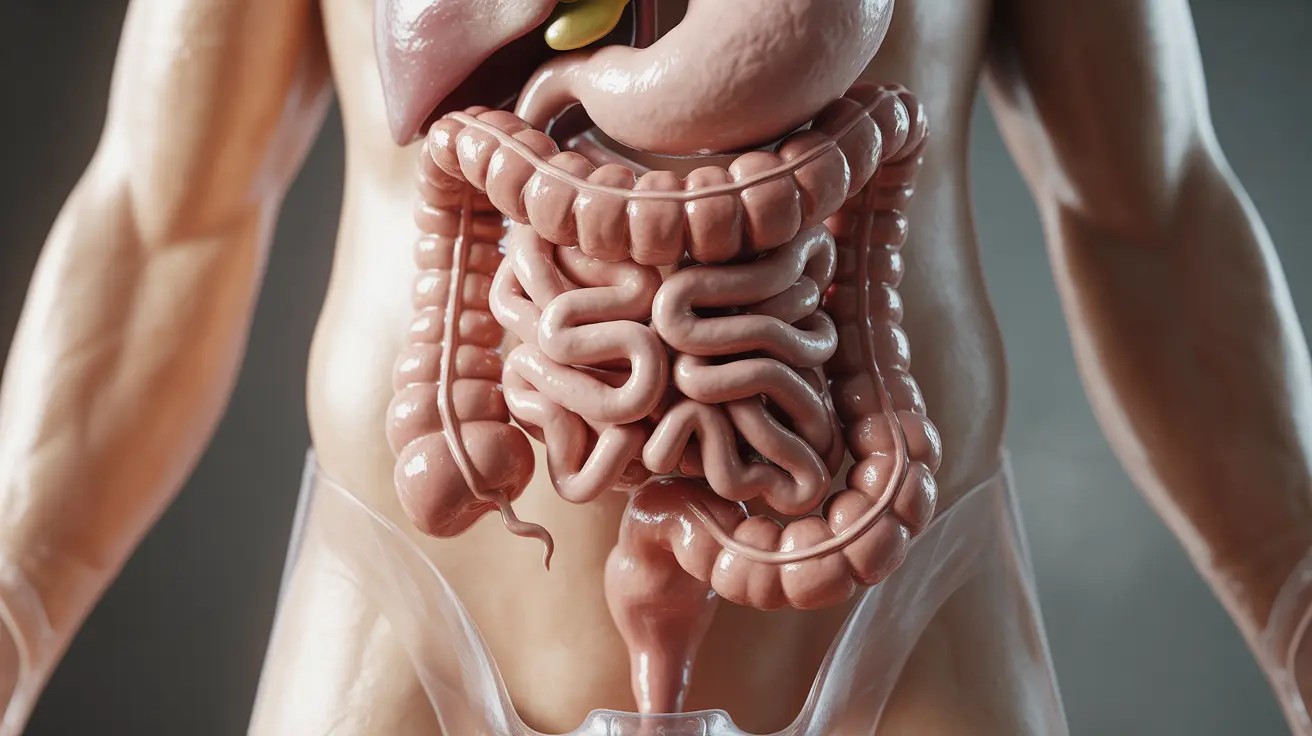Osteoporosis presents a significant health challenge for the elderly population, affecting millions of older adults worldwide. This progressive bone disease, characterized by decreased bone density and increased fracture risk, requires careful attention and management to maintain quality of life in advancing years.
As our population ages, understanding how to prevent, diagnose, and treat osteoporosis becomes increasingly crucial for both healthcare providers and elderly individuals. This comprehensive guide explores the essential aspects of osteoporosis in older adults, from risk factors to treatment options.
Understanding the Causes and Risk Factors
Several factors contribute to the development of osteoporosis in elderly individuals. Age-related bone loss naturally occurs as we get older, but certain risk factors can accelerate this process:
- Gender (women are at higher risk, especially after menopause)
- Family history of osteoporosis
- Low body weight or small frame
- Smoking and excessive alcohol consumption
- Sedentary lifestyle
- Poor calcium and vitamin D intake
- Certain medications (especially long-term corticosteroids)
Diagnosis and Assessment
Early diagnosis is crucial for effective osteoporosis management in elderly patients. The primary diagnostic tool is the Bone Mineral Density (BMD) test, typically performed using DXA (Dual-energy X-ray Absorptiometry) scanning technology.
Understanding T-Scores
The BMD test provides a T-score that indicates bone density compared to that of a healthy young adult:
- Normal: T-score above -1.0
- Osteopenia (low bone mass): T-score between -1.0 and -2.5
- Osteoporosis: T-score of -2.5 or lower
Prevention and Lifestyle Modifications
Preventing bone loss and maintaining bone strength requires a multi-faceted approach. Key lifestyle modifications include:
Nutrition
- Adequate calcium intake (1,200 mg daily for elderly adults)
- Vitamin D supplementation (800-1,000 IU daily)
- Protein-rich diet
- Limited alcohol consumption
Exercise
Physical activity plays a crucial role in maintaining bone health. Recommended exercises include:
- Weight-bearing activities
- Resistance training
- Balance exercises
- Low-impact aerobic activities
Treatment Options
Treatment for osteoporosis in the elderly typically involves a combination of approaches:
Medications
- Bisphosphonates
- Selective Estrogen Receptor Modulators (SERMs)
- Hormone therapy
- Biologics
Supportive Care
Additional support measures may include:
- Fall prevention strategies
- Home safety modifications
- Regular medical monitoring
- Physical therapy when needed
Managing Complications and Fracture Prevention
Fracture prevention becomes paramount in elderly individuals with osteoporosis. Key strategies include:
- Regular balance assessments
- Vision and hearing checks
- Removal of fall hazards at home
- Proper footwear
- Use of assistive devices when necessary
Frequently Asked Questions
What are the common causes and risk factors for osteoporosis in elderly people?
The most common causes include advancing age, female gender, family history, low body weight, and lifestyle factors such as smoking and lack of exercise. Medical conditions and certain medications, particularly corticosteroids, can also increase risk.
How is osteoporosis diagnosed and what does a bone mineral density (BMD) T-score indicate?
Osteoporosis is primarily diagnosed through BMD testing using DXA scanning. The T-score measures bone density compared to young healthy adults, with scores of -2.5 or lower indicating osteoporosis, and scores between -1.0 and -2.5 indicating osteopenia.
What lifestyle changes and nutritional measures can help prevent or slow osteoporosis in older adults?
Key preventive measures include adequate calcium and vitamin D intake, regular weight-bearing exercise, maintaining a healthy weight, avoiding smoking, and limiting alcohol consumption. A balanced diet rich in proteins and minerals is also essential.
What treatment options are available for elderly patients diagnosed with osteoporosis?
Treatment options include medications such as bisphosphonates, SERMs, and hormone therapy, combined with lifestyle modifications, fall prevention strategies, and regular monitoring. Physical therapy and exercise programs may also be prescribed.
How can osteoporosis lead to fractures and what are the potential complications in the elderly?
Osteoporosis weakens bones, making them more susceptible to fractures, particularly in the hip, spine, and wrist. These fractures can lead to chronic pain, reduced mobility, loss of independence, and increased risk of additional health complications in elderly individuals.




